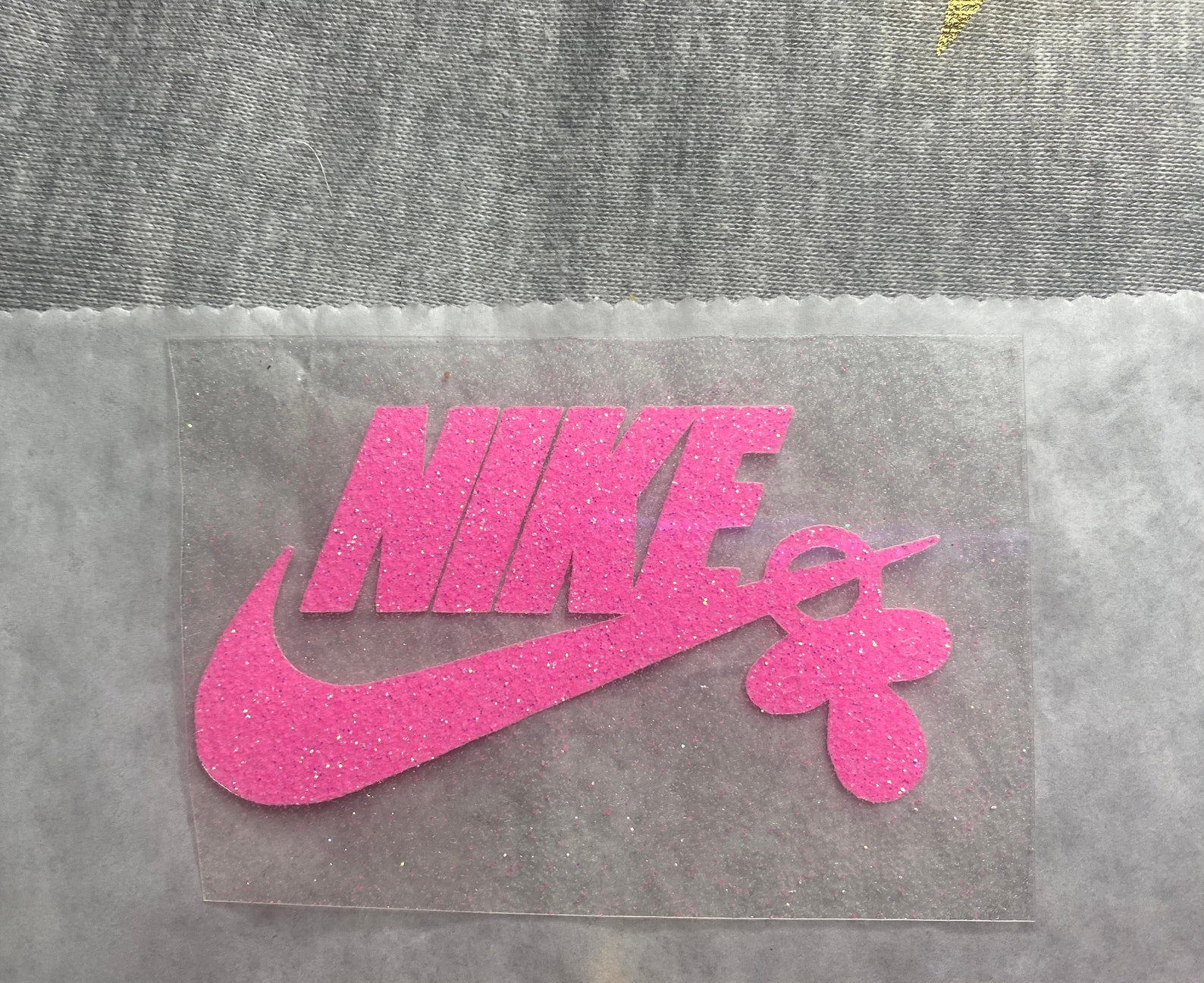

As the logo is edited down for smaller scales, the logo has more pronounced curves and more open letter spacing (4x grid). The primary logo features tight rounded corners and letter spacing (2x grid). To ensure optical rendering at any scale, we have three versions with different corner radii. The corner radius, based off the grid size, informs adjusted spacing between each letterform. Rounded corners are added to give the mark a familiar softness while maintaining the integrity of the mark. The height of the “I” is adjusted for optical alignment. The structure of the original Air logo concept has been applied to a grid for furthered refinement. Instead of continuing along the path of independent branding for each innovation, we opted to create just one more logo and worked to bring consistency to the platform by creating a simple and straightforward brand system specific to the Nike Air platform around that mark. The two innovations had nothing in common, but shared a logo. Additionally, when Nike introduced ZoomX foam in 2016, the existing Air Zoom logo had been appropriated in branding ZoomX. Inconsistency in naming and branding across Air products stood in the way of building a system that was easy to navigate. Although this created a rich and diverse visual language across the product, it prevented the consumer from understanding the relationship of the individual innovations to Nike Air. The logos for the three unique Air innovations had been developed independently of one another without consideration of the innovations’ roles within the broader Nike Air platform. When this project started, there were at least 20+ different Air logos being used on product. At one point, almost every new Air Max shoe had a new logo to match its distinctive style.


 0 kommentar(er)
0 kommentar(er)
